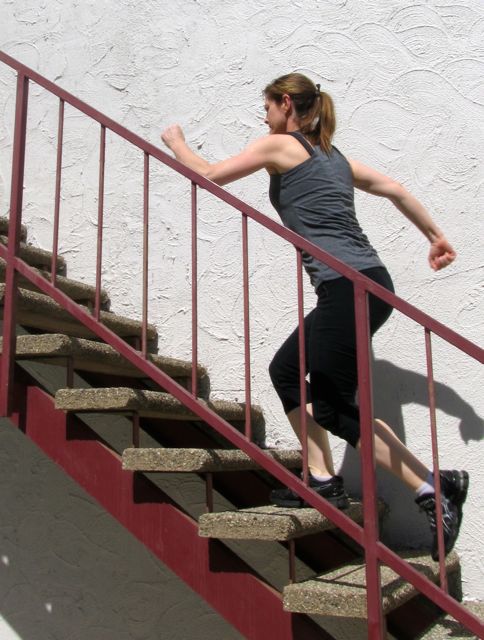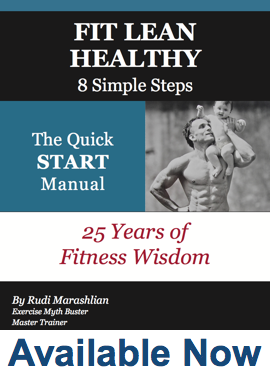As a personal trainer, it’s common for people to ask me, “What’s the best exercise for weight loss?”. Most people don’t get too specific about what they mean by weight loss – the body is made up of different tissues, including skin, fat, muscle and bone – but usually they mean fat loss – we don’t get too many people who want bone or muscle loss.

The honest answer to the question, “What is the best exercise for weight loss?” is simple – there is no ONE best exercise and exercise alone isn’t enough, you also need to reduce the amount of food being consumed in order to reduce the amount of body fat you’re carrying around.
Why Exercise is Vital for Fat Loss Success
People who are physically trained, meaning they work out three to five times a week doing both cardiovascular (or aerobic) training as well as resistance training (using weights, machines and body weight) are better able to use and break down fat than people who are unfit and who do not train regularly. The muscle cells of regular exercisers are more efficient at using the energy from body fat to fuel their activities. This tells us that in order to get your body to a point where it easily uses its fat stores, you have to work out regularly and consistently – not for a couple of days or weeks in a year, but every week. There is no such thing as a “quick fix” when it comes to increasing physical fitness and creating a body that can burn fat efficiently.
The Role of Resistance Exercise in Fat Loss
Resistance training helps to preserve muscle mass. Muscle is the most metabolically active tissue of the body – it’s the “workhorse” tissue and uses most energy, so it makes sense that you would want to preserve as much of it as possible. Resistance training also results in calorie burning during exercise as well as afterwards when the muscle tissue repairs itself (known as “after burn”).
Cardio to Torch Body Fat
Cardiovascular training will really burn calories while you exercise. Changing the type of cardiovascular exercise you do will help you avoid overuse injuries. Examples are: jogging, cycling, elliptical training, rowing, swimming and so on.
Stretching Makes It All Possible
Flexibility training (stretching) doesn’t have much of an effect on your ability to burn calories, but it’s important because it supports both cardiovascular and resistance exercise – when the muscles are overly tight you will not be able to perform other exercises properly.
If you are honestly interested in improving your muscle mass and reducing excess body fat, you will need to commit to regular and effective exercise as well as improve your diet. How do you ensure your exercise is effective? You get help from a qualified and experienced trainer who cares enough to do a full fitness analysis that includes posture, strength, cardio capability, and flexibility as well as a complete body composition analysis.
Email Rudi if you are interested in getting your fat-loss questions answered with a free, obligation-free fitness consultation.


